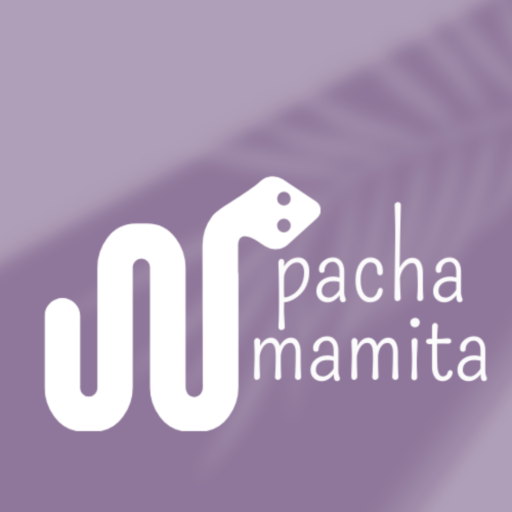By Leonardo Parrini
A waltz escapes from the sound of the old Victrola and merges with Manuel's story, who with a decisive gesture cranks the ancient RCA Victor phonograph. It is a hot afternoon in Montecristi, birthplace of the master weavers of straw hats. Manuel speaks of another Manuel, his namesake Manuel Alfaro, father of Don Eloy, one of the initiators of the art of weaving straw hats. While I read the news that UNESCO nominated Ecuadorian straw hats as Intangible Cultural Heritage of Humanity, the figure of Manuel and his glorious Victrola comes to mind, in whose melody the memories of that afternoon when he was weaving a straw hat travel.
The origin of these beautiful straw garments is in Montecristi, a Manaba region on the Ecuadorian coast, a warm and creative land where the Alfaro family, in 1835, began the craft of collecting straw from a palm tree called Carludovica Palmata to make hats. A native species of fan-shaped leaves that emerges from the ground, supported by long cylindrical petioles, and which is used as raw material by artisans to make hand-woven hats, with such perfection that there are no flaws in the weave where not even a ray of light passes through. The finest hat in the world is the result of a laborious process that lasts a few weeks - according to Manuel - and which consists of preparing the fiber, cutting the tips, washing and drying in the sun and moon, ironing and finishing in sulfur ovens to achieve the unique whitening of Montecristi hats.
Historical Justice
When the Spanish conquistadors arrived in what are now the provinces of Guayas and Manabí on the Ecuadorian coast, they encountered the native Indians who made straw hats that covered their ears and necks. These hats looked like headdresses, like those worn by nuns or widows in Europe, so they called these hats toquillas and the straw from which they are made paja toquilla. The palm was named Carludovica by the Spanish in honor of King Charles IV and his wife Ludovica, who were avid consumers of straw toquilla hats.
Historical justice, Manuel would say, referring to the naming of the straw hats from Montecristi as Intangible Cultural Heritage of Humanity, an Ecuadorian product that, mistakenly, acquired worldwide fame as the Panama Hat. Why? Simply because Ecuadorian migrants took it to Panama and marketed it during the construction of the canal that unites the oceans that bathe the Central American coasts. It was a matter of marketing forged in the need to survive that made the straw hats from Montecristi acquire the international touch, even though the Carludovica Palmata is a palm exclusive to Ecuador.
I finish reading the news and the plaintive sound of the record player fades from my memories. Manuel, if he read the article, must be happy, even if he doesn't understand why they call immaterial a craft done with soul and physical work of hardworking artisans who intertwine their name with the cultural heritage of humanity, in a web of fine and consistent materiality.
![]()

